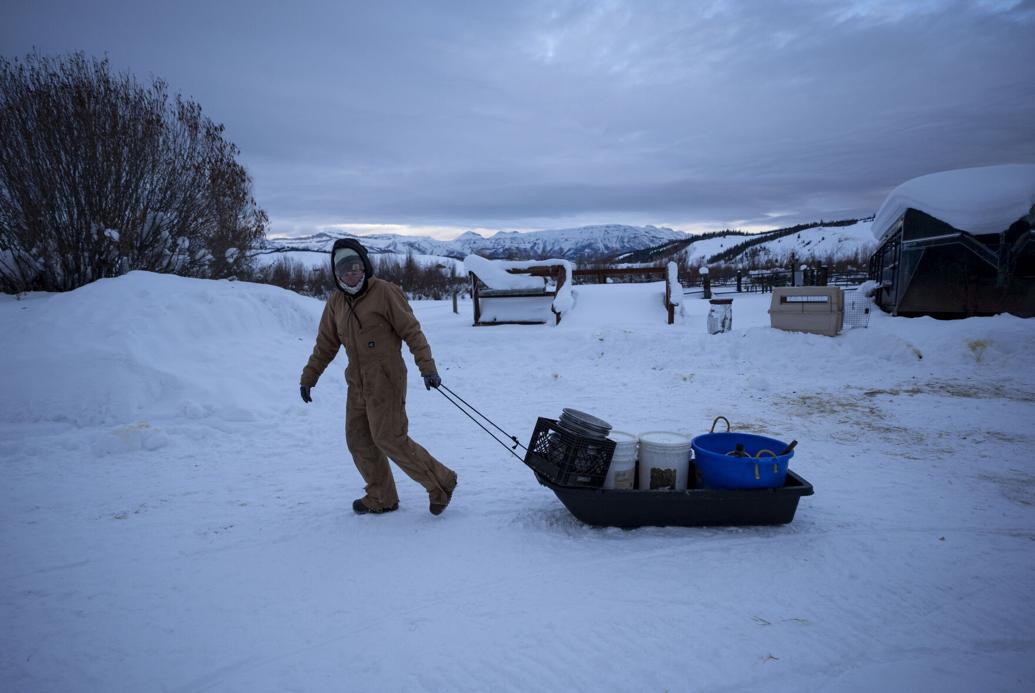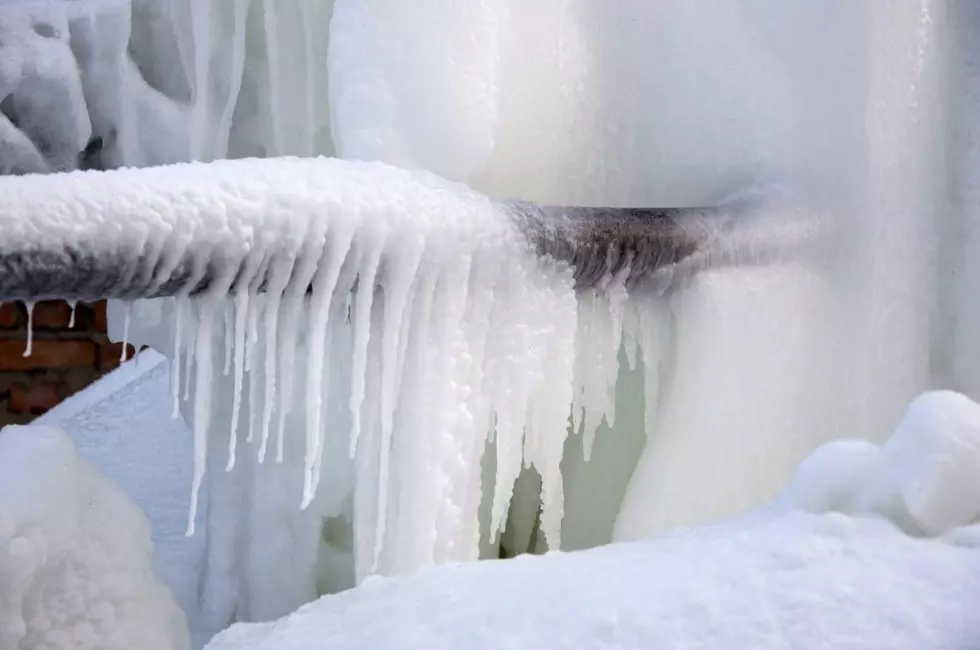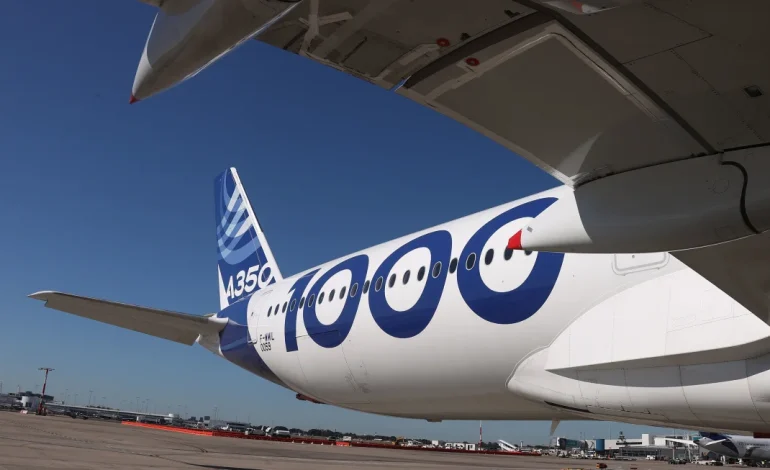The European Union Aviation Safety Agency (EASA) has ordered inspections on the engines of Airbus A350-1000 jets, a precautionary measure taken following a fire incident on a Cathay Pacific flight, CNN reports.
EASA’s directive, announced Thursday, comes after consultations with regulators, accident investigators in Hong Kong (where Cathay Pacific is based), and both Airbus and engine supplier Rolls-Royce. The fire, classified as a “serious incident” due to its potential for a catastrophic accident, was caused by a failed fuel hose and was quickly extinguished by the crew.
The directive affects the larger A350-1000 model, encompassing 15% of the A350 fleet, or 86 jets. The smaller, widely sold A350-900 model is not impacted. Airlines have been given between three and 30 days to visually inspect and measure fuel hoses, although removal of parts is not required unless damage is discovered. Engines already inspected by Cathay are excluded from the directive.
The A350-1000 and its XWB-97 engines have faced scrutiny since a Zurich-bound flight was forced to return to Hong Kong on Monday due to a similar engine problem, later linked to a fuel leak. Investigations have revealed that a hose connecting a manifold to a fuel injection nozzle was punctured. The Hong Kong-led probe will determine whether this was the cause or a consequence of the incident.
The fire caused heat damage to the engine housing, including ducts used for reverse thrust on landing. EASA warned that undetected damage could lead to more severe engine fires and aircraft damage.
EASA’s decision to order inspections overrides initial efforts by manufacturers to avoid a fleet-wide inspection based on their own technical analyses. This highlights the increasing pressure on regulators to act independently, particularly in the wake of the Boeing 737 MAX safety crisis.
The decision marks a test for the newly appointed EASA Executive Director Florian Guillermet, demonstrating the agency’s dedication to safety oversight.
While the fire was quickly contained and no injuries occurred, the incident has raised concerns about air safety. Rolls-Royce, for its part, is prioritizing technical factors over pressure from airlines and is likely to remind carriers to follow proper procedures and utilize correct tools during inspections.
Airlines, for their part, are pushing for clarity from Rolls and Airbus, with some expressing private criticism of the lack of communication as they face questions from passengers. Airbus and Rolls sought to address airlines’ questions on Thursday during their first closed briefings since Monday’s incident. Questions included which planes would be affected and the availability of parts.









